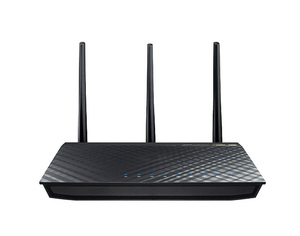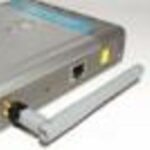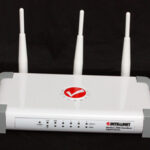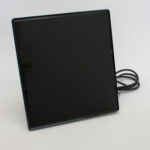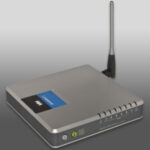The Cisco white paper on 802.11ac details the advancements in wireless-ac technology including increased bandwidth, increased antenna streams for MIMO, single band 5GHz frequency and beam forming technology.
- When wireless-n came out it doubled bandwidth from 20MHz to 40MHz; wireless-ac has doubled it again to 80MHz. Doubling the bandwidth increases the amount of data that can be transferred, thus increasing the speed (or Mbps) of the router.
- Both the 802.11ac and the previous 802.11n use “multiple in, multiple out” or MIMO technology, meaning they use multiple antennas to transmit and receive signals simultaneously. 802.11ac is capable of using up to eight antennas, surpassing the 802.11n limit of three antennas. However, “first generation” (currently on the market) wireless-ac models are only being made with up to three antennas.
- The 802.11ac routers work only in 5GHz band frequency, eliminating signal interference issues right off the bat. Earlier 802.11n technology used both 2.4GHz and 5GHz frequencies, but 2.4GHz has been deemed too crowded to provide sufficient speeds for modern day use.
- Also, some wireless-ac routers will be capable of direct signal beaming or “beam forming”, a technology that allows the router to locate devices and send a focused signal or beam to their location. This technology is also expected to increase signal strength and data transfer rates.
All these improvements lead to better connectivity as well as increased speeds and capabilities. The new 802.11ac technology is expected to reach above 400Mbps, real world use and has also been reported by PCWorld to be fast enough for uninterrupted HD Blue-ray video streaming between separate rooms. HD video streaming was previously a barrier that wireless router technology could not surpass.
Should You Buy a New Router Today
It sounds great, right? Not so fast–there are a few things to consider before you run out to the store and buy a new router.
- First, since 802.11ac is brand new, most computers and devices in use today will need a USB adapter (included with many routers on sale) or a new wireless card to take advantage of the technology’s capabilities. That means your computer or device will work, but it will most likely need an upgrade or an adapter before you will see any improvement from previous technologies.
- Second, all 802.11ac routers being sold are in “draft mode”. In other words, wireless-ac technology is not a certified standard yet, which means changes and/or improvements may be made to the technology in the near term that might not match up with the routers being sold today. For further detail on the issue of draft mode 802.11ac routers read this article from PCWorld .
- Last, the 802.11ac model routers coming out today are known as “first generation” models, and are expected to be followed by a succession of improvements. The Cisco 802.11ac white paper mentions a number of new advances in the works for future wireless-ac router. In other words, the best is yet to come.
All in all, it seems the days of wireless routers slowing down computing abilities are over. Soon enough all computers and devices will be 802.11ac capable and internet will be as fast as your provider, not your router. If you are sold on the new technology there are a number of routers on sale that include adapters for computers, smart TVs and game consoles.
